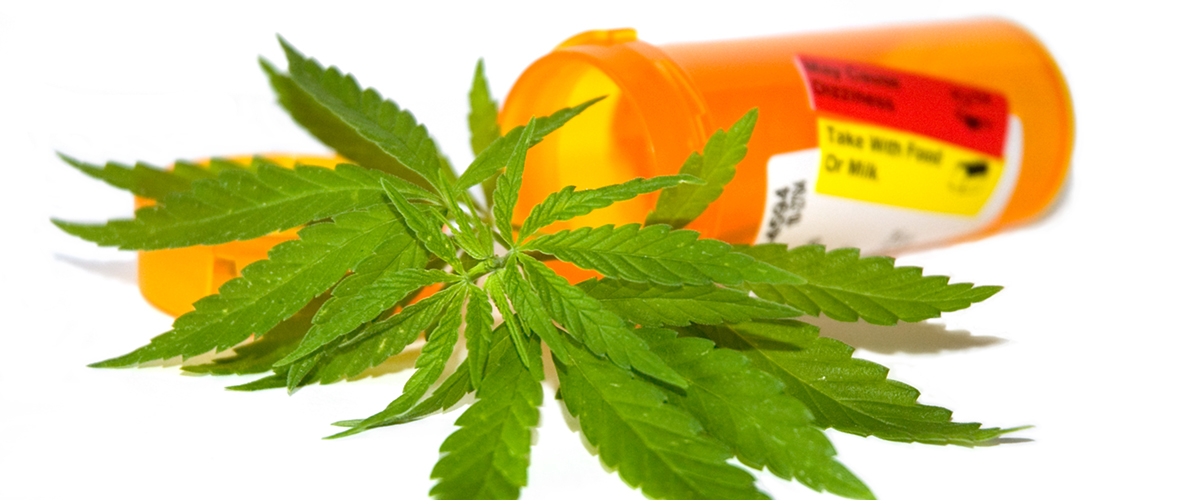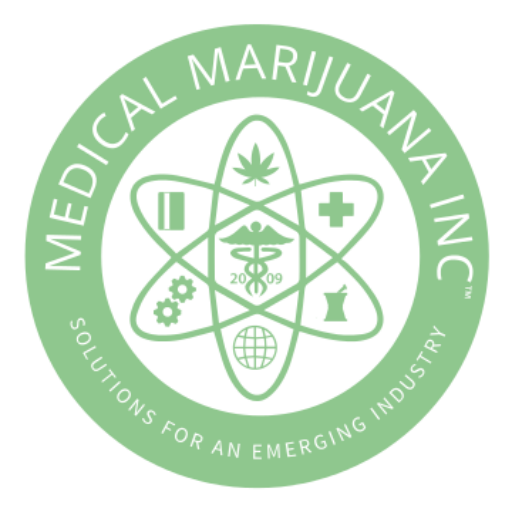A brief look at how marijuana has been used by cancer patients and how this use helped lead to state by state medical marijuana legalization.
Cancer is a collective term used to classify a large group of diseases that develop due to abnormal cells dividing and growing uncontrollably in areas of the body. Unlike normal body cells that continuously grow, divide, and die, cancer cells will continue to grow, rather than die, invading and damaging nearby tissues.
According to the American Cancer Society, there are now over 1.7 million new cases of cancer in the United States every year. This high rate of cancer has left the medical community scrambling for effective treatment options and for ways to minimize the negative effects of treatments like chemotherapy. For many, this may mean medical marijuana.

Cannabis Prohibition
Cannabis enjoyed a long history of therapeutic use leading into the 20th century when a sudden shift in cannabis policy in the U.S. led to a long decline and eventual prohibition of cannabis and cannabinoid products.
America’s fight against marijuana began early in the 1900’s at the state level, and by the end of the 1930’s, all forms of cannabis were effectively banned in the U.S. “Marijuana was removed from the US Pharmacopeia in 1942, thus losing its remaining mantle of therapeutic legitimacy,” according to the American Medical Association. Prohibition of cannabis in the U.S. kept medical professionals and pharmacies from offering cannabis and products made from its derivative to patients, ending its common medical use.

FDA and DEA Approve Synthetic THC
It wouldn’t be until in the 1980’s, decades after prohibition, that cannabinoids in the form of synthetic THC would again enter use by the American medical establishment.
In 1980, the National Cancer Institute began distribution of an experimental new drug called dronabinol, an oral form of synthetic THC, to patients with cancer in San Francisco. This drug would go on to be marketed as Marinol.
At the same time, a half dozen states performed independent studies comparing smoked marijuana to orally applied synthetic THC for cancer patients who had not responded to traditional anti-vomiting medication.
Although the state-sponsored studies found patients had greater success using whole plant cannabis over the synthetic THC dronabinol, the federal government chose to focus on approving Marinol.
In 1981, the government sold the dronabinol patent to the pharmaceutical company Unimed. The FDA originally rejected Unimed’s application to market a capsule version of dronabinol suspended in sesame oil as a treatment for nausea in 1984. Their reason for the rejection was deficient clinical testing.
By the next year, Unimed produced additional data supporting its new drug application, gaining FDA approval. The next year, the DEA approved Marinol as well, and Unimed began marketing the drug for nausea and vomiting associated with cancer chemotherapy in patients who fail to respond to conventional antiemetic (anti-nausea) treatments.
Marinol was originally placed in Schedule II but would eventually be dropped down to Schedule III. Botanical cannabis remains Schedule I, despite evidence of its efficacy. An administrative law judge, Francis Young, was asked by the Drug Enforcement Administration in 1988 to comment on the merits of rescheduling marijuana. Young suggested that marijuana be rescheduled to Schedule II. This decision would be overridden by the DEA, which chose to keep botanical cannabis in Schedule I.

Attitudes Shift in the Medical Establishment
In the 1990’s, support for botanical cannabis as a treatment began to increase, especially among America’s cancer specialists. An anonymous survey of the members of the American Society of Clinical Oncology (ASCO) conducted early in 1990 measured the attitudes and experiences of American oncologists concerning the use of medical marijuana for cancer chemotherapy patients to control nausea and vomiting.
The responses showed that
- 44% said they had recommended marijuana to at least one patient
- 63% agreed with the statement affirming the efficacy of marijuana in the treatment of emesis
- 53% favored making marijuana available by prescription

Medical Marijuana Legalization
Later that same decade, voters in California would pass the state’s medical marijuana initiative in 1996. Known as Proposition 215, the initiative permits patients and their primary caregivers who have obtained a physician’s recommendation, to possess and cultivate marijuana for the treatment of cancer and the side effects of chemotherapy, as well as disorders like AIDS, muscular spasticity, migraines, and more. The initiative also protects doctors from punishment if they choose to recommend marijuana to their patients.
This would lead to other states following suit over the next few years. States like Alaska, Washington, Oregon, and Maine created their own medical marijuana programs on ballot initiatives shortly after California.
Now, over half the states in the U.S. have comprehensive medical marijuana programs. Cancer is a prominent medical indication for which marijuana is permitted in these states’ programs, giving doctors and their patients an additional tool to assist in the fight against cancer.
Learn More
If you are interested in learning more about the latest studies exploring cannabis use for cancer patients, the basics of medical marijuana, and more about the cannabis industry, visit our news feed.






